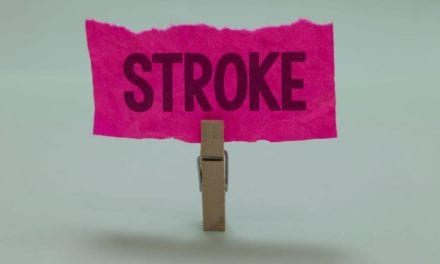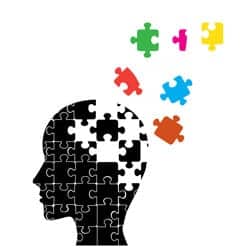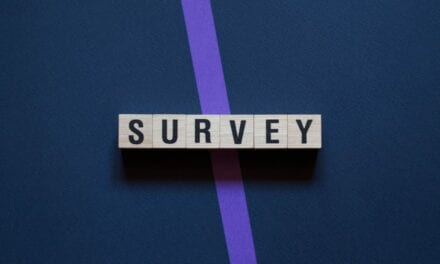The Amputee Coalition of America, Knoxville, Tenn, urges families to use caution in Fourth of July festivities that include fireworks—noting that one thoughtless moment handling even a small explosive like a firecracker may leave a lifetime of pain.
Although fireworks-related trauma only infrequently leads to amputation, it does happen, says the Coalition, noting that in 1991, the American Association of Pediatrics (AAP) estimated the number of fireworks-related hand and finger injuries requiring amputation at 120 annually, and in 2006 the Centers for Disease Control and Prevention reported that 11 people died and an estimated 9,200 were treated in emergency rooms for fireworks-related injuries in the United States. More than two-thirds of all fireworks-related injuries in 2006 occurred between June 16 and July 16.
During this time:
· One-third of the people injured were children under 15 years of age.
· People under 20 sustained 47% of all injuries from fireworks.
· About three times as many males were injured as females.
· The body parts most often injured were hands (2,300 injuries), eyes (1,500 injuries), and the head, face, and ear (1,400 injuries).
· More than half of the injuries were burns.
· Firecrackers were associated with the greatest number of injuries, estimated at 1,300, with sparklers accounting for 1,000 injuries and rockets for 800.
· Sparklers were responsible for one-third of the injuries to children under 5 years old.
The AAP reports that, in addition to medical and related costs attributable to fireworks injuries, fireworks cause significant property damage, says the Coalition. In 1997, fireworks caused 20,100 fires, which resulted in $22.7 million in direct property damage.
The Center for Injury Research and Policy (CIRP) in The Research Institute at Nationwide Children’s Hospital in Ohio, a member of the Alliance to Stop Consumer Fireworks, urges parents to avoid purchasing or using consumer fireworks, says the Coalition.
The Coalition offers the following safety tips for consumer fireworks use:
· Read and follow all warnings and instructions.
· Observe local laws.
· Store fireworks in a dry, cool place. Check instructions for special storage directions.
· Use fireworks only as intended. Don’t try to alter or combine them, and don’t experiment with homemade fireworks.
· Don’t mix alcohol and fireworks.
· Have a designated fireworks handler.
· Spectators should maintain a safe distance from the handler, and the handler should wear safety glasses.
· Only light fireworks outdoors in a clear area away from houses, dry leaves, or grass and flammable materials.
· Don’t ignite fireworks in containers, especially glass or metal containers.
· Never place any portion of your body directly over a firework while lighting.
· Keep unused fireworks away from firing areas.
· Keep a bucket of water nearby for emergencies and for dousing smoldering embers.
· Don’t try to relight or handle malfunctioning fireworks. Soak them with water and throw them away.
· Older children should only be permitted to use fireworks under close adult supervision. Don’t allow running or horseplay.
· Don’t allow young children to handle unused fireworks or to play with fireworks under any circumstances. Although sparklers are considered by many the ideal “safe” firework for children, they burn at very high temperatures and can easily ignite clothing. Young children cannot understand the danger involved.
And the organization offers additional sparkler tips:
• Sparklers should only be used under close adult supervision.
• Always remain standing while using sparklers.
• Don’t hold a child in your arms while using sparklers.
• Don’t hold or light more than one sparkler at a time.
• Always wear closed-toe shoes when using sparklers.
• Drop spent sparklers directly into a bucket of water.
• Don’t hand a lighted sparkler to another person. Give them the unlit sparkler and then light it.
• Always stand at least six feet from another person while using sparklers.
• Don’t throw sparklers.
• Show children how to hold sparklers away from their body and at arm’s length.
• Teach children not to run with or wave sparklers.
Before purchasing fireworks, familiarize yourself with your state’s fireworks laws, says the Coalition. [removed]Click here[/removed] for the Consumer Product Safety Commission’s list of state firework regulations. Also, check your local government’s laws. Many municipalities ban or restrict fireworks use.
For more information:
http://aappolicy.aappublications.org/cgi/content/abstract/pediatrics;88/3/652
http://aappolicy.aappublications.org/cgi/content/full/pediatrics;108/1/190
http://www.cdc.gov/ncipc/factsheets/fworks.htm
[removed]http://www.cpsc.gov/cpscpub/pubs/012.html[/removed]
[removed]http://www.cpsc.gov/cpscpub/pubs/july4/safetip.html [/removed]
http://www.cpsc.gov/cpscpub/prerel/prhtml06/06197.html
http://www.fireworksafety.com/news_releases/national_fireworks_group_ur.pdf
http://www.ispor.org/pressrelease/may04/fireworksinjuries.asp
[Source: Amputee Coalition]




